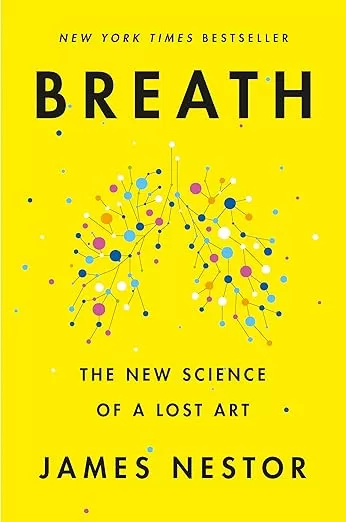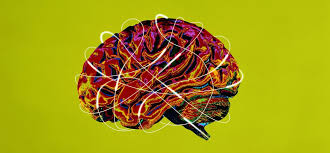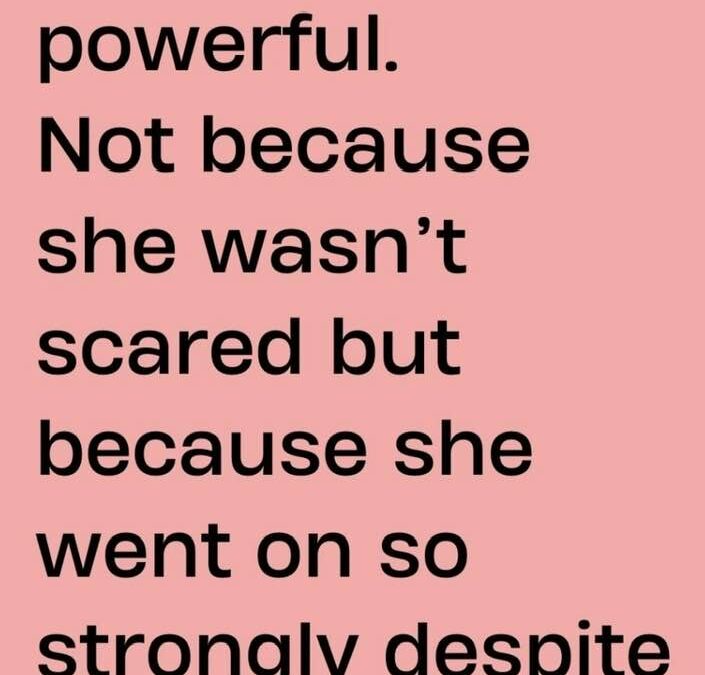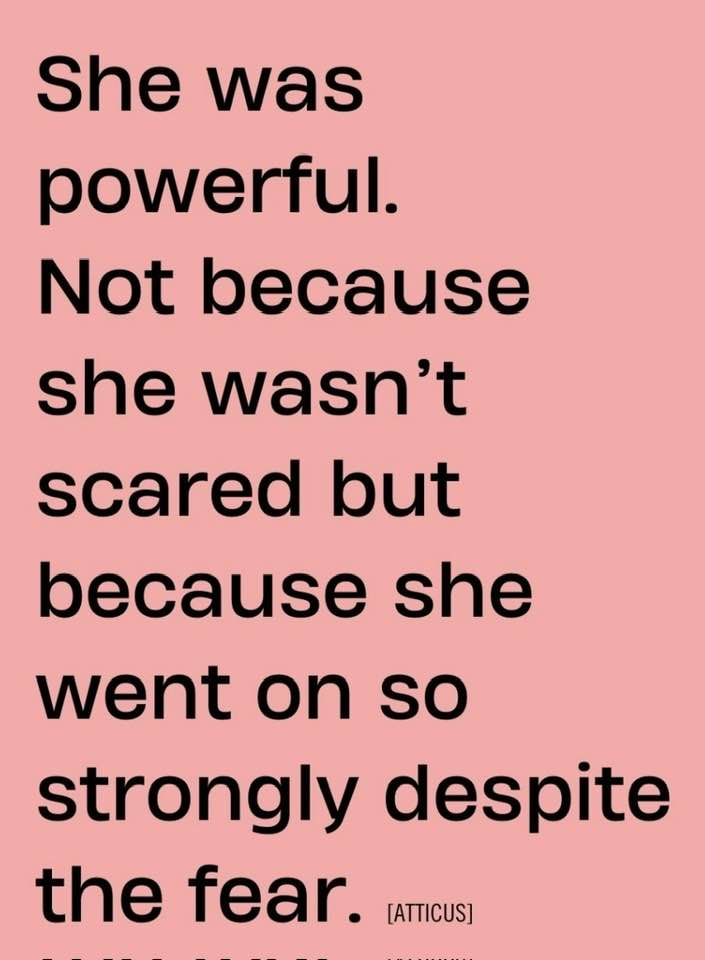
How to Free Yourself through Breath

The Breath: A Path to Healing and Inner Calm
By Sharon Hartnett CST-D | Craniosacral Therapist in Columbus, Ohio
The Sacred Breath of Life
Why do so many of us hold our breath—or barely breathe at all? As a Craniosacral Therapist in Columbus, Ohio, I’ve asked this question for years. I see it daily in my clients… and I’ve seen it in myself too.
Shallow breathing has become the norm in our fast-paced world. But our breath holds the key to a more relaxed, resilient, and nourished life.
My Journey to Breathing Better
Years ago, I enrolled in a yoga teacher training course, partly to deepen my understanding of breathwork. I enjoyed it, but honestly—I didn’t keep up with the practices. They didn’t quite stick.
Later, I read Breath by James Nestor, and it sparked something deeper in me. I tried mouth taping at night (as he suggests), and noticed my jaw relaxed, and I breathed through my nose more often. But again… I fell off the routine.
Creating new habits takes effort, and I’ll admit—like many of us—I didn’t always make it a priority.
A Turning Point: Breath & Awareness
Eventually, I discovered a breathwork teacher who helped me realize something important:
My exhale was restricted, and the pause after exhaling was even harder. But through consistent practice, I noticed improvement. My breath began to shift, my awareness deepened.More recently, I took a five-hour course on The Breath and Digestion with Nikki Kenward and another brilliant teacher. This time, it landed differently. The experience was informative and embodied—helping me understand how deeply the breath is connected to our digestive health and nervous system regulation.
With mindful breathing, gentle touch, and a calm presence, I could feel my body soften and re-energize.
Breathing in My Craniosacral Practice
I’ve shared simple breathing techniques with clients for years, but this workshop gave me new insight. Breathing—especially with awareness—can support digestion, emotional healing, and a balanced nervous system.
Now, I’m weaving breathwork more intentionally into my Craniosacral Therapy sessions. When clients tune in to their breath, it opens the door to inner wisdom, subtle motion, and profound relaxation.
Why Breathing Efficiently Matters
Efficient breathing means slow, intentional, and diaphragmatic breathing. Here’s why it’s so powerful:
Physical Benefits
Better oxygen flow: Nourishes tissues and supports healing
Improved posture: Strengthens the diaphragm and core
Lower blood pressure & heart rate: Activates the parasympathetic response
Enhanced digestion: Calms gut tension and supports regularity
More energy: Oxygen supports every cell in the body
Mental & Emotional Benefits
Reduces anxiety: Signals safety to the nervous system
Increases focus and clarity: Breath calms the mental chatter
Supports emotional balance: Builds capacity to respond, not react
Nervous System & Sleep Support
Moves you from “fight or flight” to “rest and digest”
Improves sleep quality and supports gentle recovery
A Simple Practice to Begin: The 4-6 Breath
This is one of my favorite practices to return to—especially when feeling anxious or disconnected.
The 4-6 Breath
When to use: Morning, bedtime, or anytime you need calm.
Sit comfortably or lie down
Inhale gently through your nose for 4 seconds
Exhale slowly through your mouth or nose for 6 seconds
Repeat for 2–5 minutes (or longer if you’d like)
Optional: Place one hand on your chest, one on your belly. Let the belly rise more than the chest. This signals the nervous system to soften.
Closing Reflections
I still return to this truth: Breath is medicine.
Breathing mindfully—especially with longer exhales—helps us release fear, calm anxiety, and reset the balance of oxygen and carbon dioxide in our system. I can feel it shift my mindset and open space for healing.
If you’re on a healing journey, whether physically, emotionally, or spiritually, try reconnecting with your breath. And if you need support, I’m here.
Let’s explore how Craniosacral Therapy and mindful breathing can help you feel more whole, more connected, and more at ease in your body.
With breath and presence,
Sharon Hartnett CST-D614 653-8111
Craniosacral Therapist Columbus Ohio
Worthington, Ohio
To find out more about CST, check out my main page.





